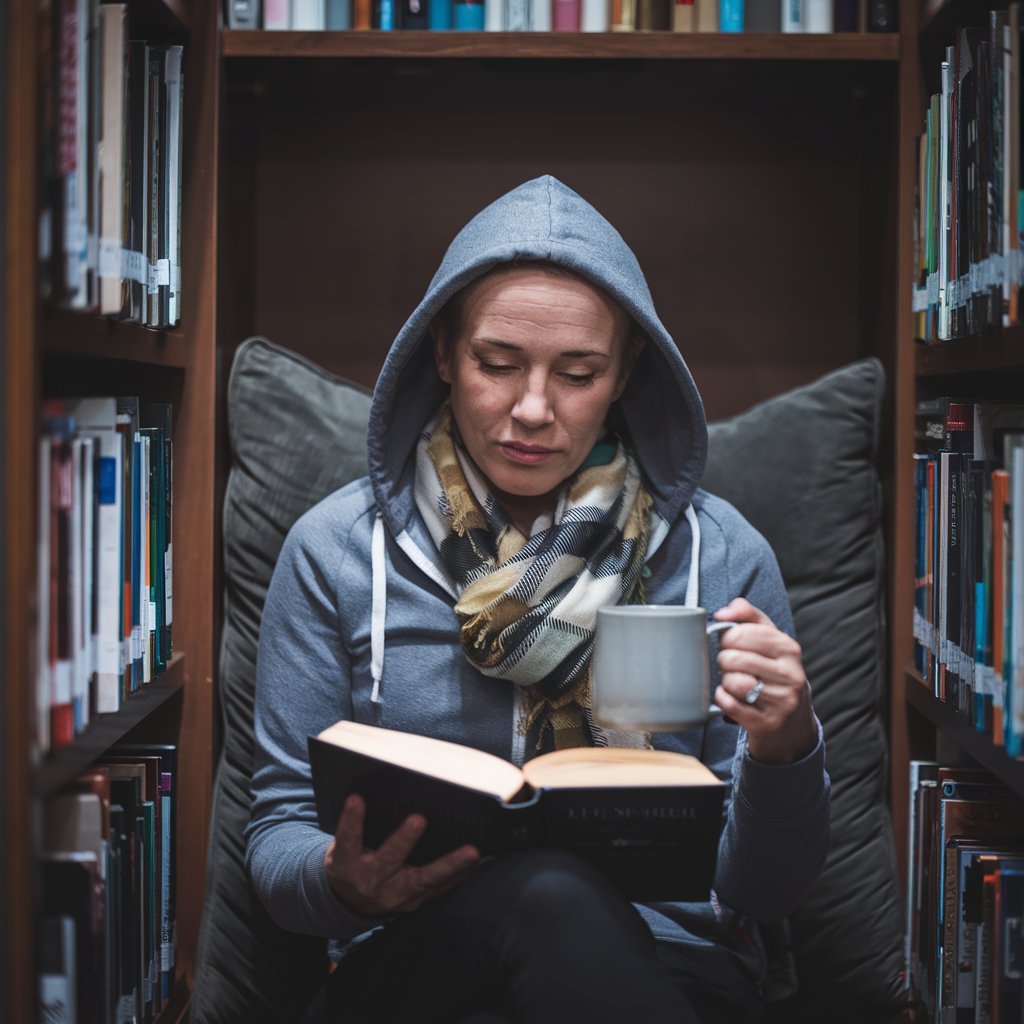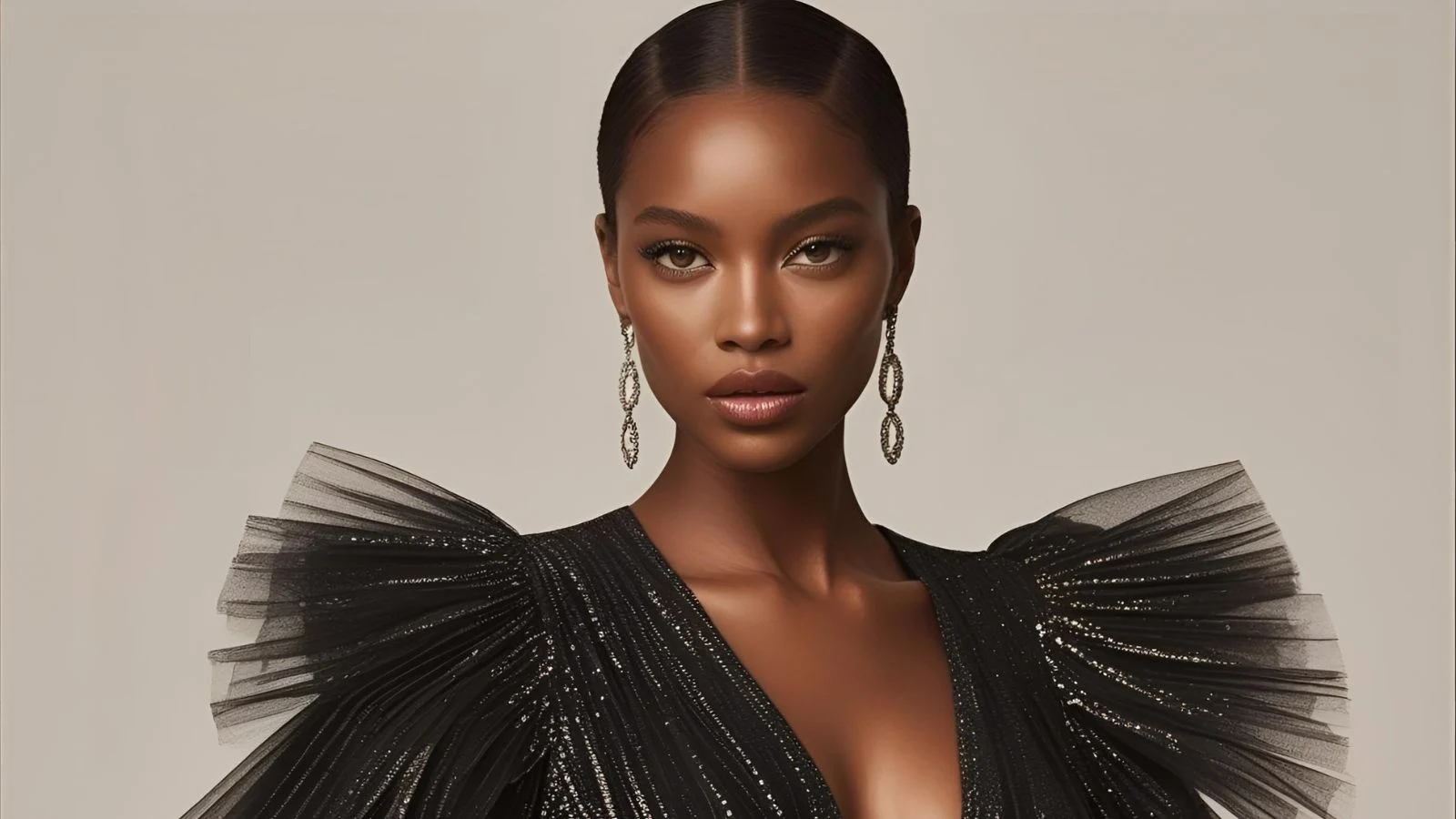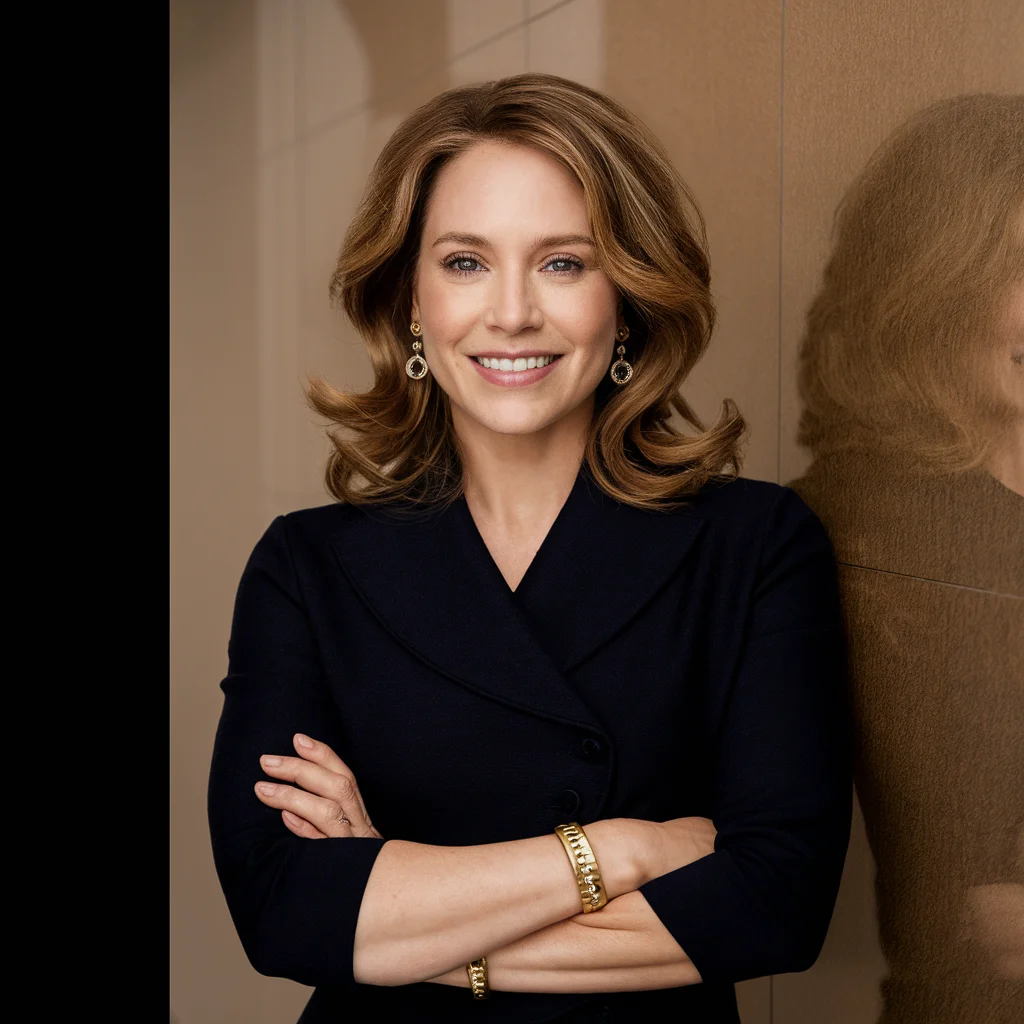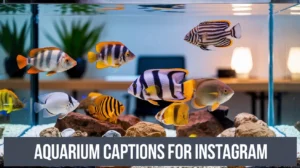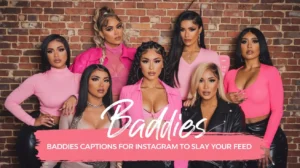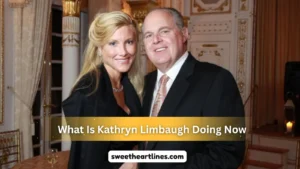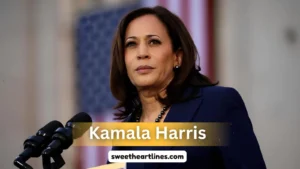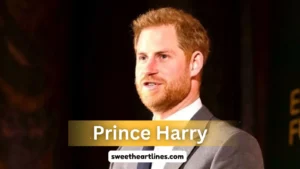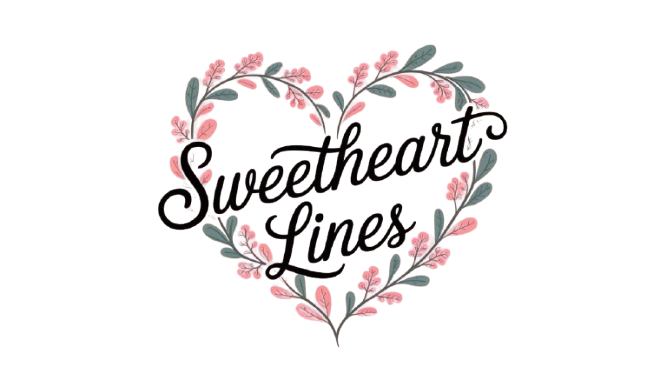Fashion in 2025 is no longer just about clothing—it’s a vibrant fusion of art, culture, technology, and personal expression. Female designers are at the forefront of this transformation, driving trends that are inclusive, sustainable, and boundary-breaking. From runway shows that blend digital experiences with live audiences to streetwear reimagined as luxury fashion, these designers are shaping how we dress, express ourselves, and interact with the fashion world.
In this article, we explore the top female designers influencing fashion today, the trends they champion, and how their creativity is redefining style for a new era. Whether you’re a fashion enthusiast, aspiring designer, or simply curious about the industry’s future, this guide will give you a front-row seat to the most exciting developments in fashion for 2025.
The Evolution of Fashion: From 2020 to 2025
Fashion is a mirror reflecting society’s heartbeat. Between 2020 and 2025, trends shifted from pandemic-driven comfort to expressive, personality-driven styles. The slow-luxury movement emerged, emphasizing timelessness, craftsmanship, and eco-conscious fabrics. Meanwhile, streetwear and Y2K nostalgia made a strong comeback, blending casual with couture.
| Year | Dominant Trends | Notable Designers | Cultural Impact |
| 2020 | Athleisure, Minimalism | Virgil Abloh, Phoebe Philo | Comfort during pandemic |
| 2022 | Maximalism, Eclecticism | Demna Gvasalia, Miuccia Prada | Individualism and expression |
| 2024 | Sustainable & Smart Textiles | Stella McCartney, Marine Serre | Eco-conscious and tech-forward |
| 2025 | Personalization & Metaverse Fashion | Laia Garcia-Furtado, Amy Troost | Digital-first, immersive experiences |
Fashion became not just clothing but a statement—a reflection of personal identity, cultural awareness, and technological innovation.
Female Designers Leading the Way in 2025
Women are redefining fashion leadership. Designers like Laia Garcia-Furtado, Amy Troost, Tabitha Simmons, and Maria Grazia Chiuri are steering brands into inclusive, forward-looking, and ethical directions.
Key achievements include:
- Pioneering gender-fluid collections that challenge norms
- Incorporating sustainable fabrics and biodegradable textiles
- Driving personalization and bespoke fittings for a diverse clientele
“Design is about empowering people to feel confident in their own skin,” says Maria Grazia Chiuri.
| Designer | Specialty | Iconic Work | Notable Innovation |
| Laia Garcia-Furtado | Ready-to-wear | Summer 2025 Silhouettes | AI-assisted customization |
| Amy Troost | Minimalist couture | Fall 2025 Jackets | Smart textiles with temperature regulation |
| Tabitha Simmons | Accessories & Footwear | Iconic Heels | Biodegradable leather & comfort-first design |
These designers are not just shaping style—they’re shaping society’s vision of fashion.
Spotlight on Laia Garcia-Furtado, Amy Troost, and Tabitha Simmons
These trailblazers represent the new wave of multifaceted design: playful yet functional, sensual yet minimal. Their collections reflect real lives and fantasies, catering to modern consumers who crave authenticity and individuality.
| Designer | Key Piece | Fabric/Material | Price Range |
| Laia Garcia-Furtado | Flowing Linen Blouse | Organic Cotton & Linen | $750–$1,950 |
| Amy Troost | Smart Blazer | Ultrafine Wool with Embedded Sensors | $1,225–$2,800 |
| Tabitha Simmons | Sustainable Pumps | Recycled Leather | $505–$1,590 |
Their designs blend classic silhouettes with futuristic materials, signaling a perfect harmony of heritage and innovation.
How Vogue Shapes Fashion Narratives Today
Vogue has evolved from a print powerhouse to a multimedia storytelling platform. It combines:
- Editorial campaigns that spotlight diversity and inclusion
- Video series and podcasts amplifying designer voices
- Interactive quizzes and AI-powered styling recommendations for readers
Vogue’s influence ensures that fashion remains culturally relevant, highlighting both emerging talent and global icons.
The Intersection of Culture and Fashion in Modern Society
Fashion doesn’t exist in a vacuum. 2025 reflects a fusion of local traditions and international influences. For example:
- Indian craftsmanship meets contemporary silhouettes
- African textiles inspire street-luxe collections in New York and Paris
- Japanese avant-garde minimalism influences high-tech smart garments
Fashion is culture in motion, constantly shaping and reshaping identity.
Opulent vs. Minimalist: Contrasting Aesthetics in 2025
Fashion in 2025 embraces extremes:
| Aesthetic | Key Designers | Examples | Consumer Appeal |
| Opulent | Gucci, Valentino | Embroidered gowns, ornate coats | Statement-making, luxurious |
| Minimalist | The Row, Phoebe Philo | Neutral palettes, clean lines | Timeless, versatile, sustainable |
This contrast allows consumers to express personality through curated choices, from maximalist drama to understated elegance.
Sustainable Fabrics and Eco-Conscious Design Practices
Sustainability isn’t a trend; it’s a responsibility. Leading designers now prioritize:
- Organic cotton, recycled polyester, and biodegradable fabrics
- Zero-waste pattern-making and circular economy principles
- Eco-conscious dyes and minimal water usage
| Material | Benefits | Price Impact | Brands Using It |
| Organic Cotton | Soft, breathable, low-impact | Moderate | Stella McCartney, Miu Miu |
| Recycled Polyester | Durable, reduces landfill | Low | Nike, Adidas |
| Biodegradable Leather | Eco-friendly, stylish | High | Tabitha Simmons, Laia Garcia-Furtado |
Consumers are becoming more conscientious, making sustainability a central factor in purchase decisions.
The Role of Technology in Fashion: AI, AR, and Virtual Runways
Technology is redefining both design and shopping. Examples:
- AI-driven design recommendations tailored to body type and style
- AR-enhanced fitting rooms allowing virtual try-ons
- Digital-only fashion weeks and metaverse experiences
| Technology | Purpose | Example |
| AI Styling | Personalization | AI-curated wardrobe suggestions |
| AR Try-Ons | Fit & visualization | Virtual fitting rooms at Dior boutiques |
| Blockchain | Authenticity | NFT-based ownership of digital fashion pieces |
These innovations bridge the gap between physical and virtual fashion, making the experience interactive, personalized, and sustainable.
Celebrity Influence on Fashion Trends in 2025
Celebrities remain powerful fashion influencers, but in 2025 their role is evolving:
- Social media and TikTok amplify quick trend cycles
- Celebrities collaborate with sustainable brands to promote ethical fashion
- Red carpet looks increasingly blend couture with streetwear
| Celebrity | Brand Collaboration | Impact |
| Zendaya | Valentino & Tommy Hilfiger | Promotes inclusivity and bold color palettes |
| Harry Styles | Gucci | Gender-fluid fashion, breaking norms |
| Billie Eilish | Prada | Y2K revival, oversized silhouettes |
Celebrities are now trendsetters, brand ambassadors, and ethical fashion advocates, making their choices resonate globally.
Accessories and Footwear: Elevating Everyday Looks
In 2025, accessories aren’t just add-ons—they define the outfit. Key trends include:
- Oversized jewelry and statement handbags
- Smart footwear with embedded tech for comfort and health tracking
- Sustainable materials like recycled plastics and biodegradable leathers
| Item | Trend | Designer | Price Range |
| Statement Earrings | Oversized, geometric | Laia Garcia-Furtado | $350–$950 |
| Smart Sneakers | Comfort + wearable tech | Amy Troost | $500–$1,200 |
| Designer Tote Bags | Recycled leather | Tabitha Simmons | $650–$1,500 |
Accessories in 2025 transform everyday wear into personalized statements, blending functionality and style.
Streetwear and the Rise of “Street-Luxe”
Streetwear has evolved into street-luxe, a fusion of casual comfort and high fashion:
- Luxury sneakers paired with tailored blazers
- Graphic tees with couture detailing
- Collaborations between streetwear brands and high-fashion houses
| Brand | Signature Item | Price | Collaboration Highlights |
| Off-White | Logo Sneakers | $800 | Versace x Off-White capsule |
| Balenciaga | Oversized Hoodies | $1,200 | Gaming-inspired street-luxe |
| Supreme | Limited Drop Jackets | $600–$1,500 | Streetwear meets luxury |
Street-luxe reflects a post-pandemic desire for comfort without sacrificing style.
The Future of Fashion Weeks: Digital and Hybrid Experiences
Fashion weeks are no longer confined to physical runways. 2025 embraces:
- Hybrid shows combining live audiences with AR/VR streaming
- Digital-only collections in the metaverse
- Interactive experiences allowing viewers to customize looks in real-time
| City | Fashion Week Format | Innovations |
| Paris | Hybrid | AR runway overlays, live global streaming |
| New York | Digital-first | NFT fashion collections, virtual showrooms |
| Milan | Physical + Digital | Real-time interactive audience polls |
Fashion weeks now blur the line between reality and digital fantasy, enabling wider accessibility and creativity.
Inclusivity and Representation in Fashion
Inclusivity has become central to brand identity:
- Diverse models across age, size, and ethnicity
- Adaptive clothing lines for people with disabilities
- Gender-neutral collections reflecting societal progress
| Brand | Inclusive Initiative | Impact |
| Dior | Gender-fluid runway | Expands audience reach |
| Universal Standard | Adaptive wear | Makes fashion accessible |
| Gucci | Size-inclusive lines | Boosts brand loyalty |
Representation in fashion enhances consumer connection and drives social responsibility.
Seasonal Collections: Spring/Summer and Fall/Winter 2025 Highlights
Fashion cycles remain seasonal but flexible. Key trends:
- Spring/Summer 2025: Pastels, fluid silhouettes, smart fabrics
- Fall/Winter 2025: Textured layering, rich tones, sustainable outerwear
| Season | Trend | Designer | Key Item |
| Spring/Summer | Pastel maximalism | Laia Garcia-Furtado | Flowy linen dresses |
| Fall/Winter | Layered textures | Amy Troost | Smart wool coats |
Seasonal collections reflect both climate-conscious design and cultural narratives.
Fashion Storytelling: From Runway to Consumer
Storytelling has become an essential tool for fashion brands:
- Campaigns narrate brand philosophy
- Digital lookbooks and AR experiences immerse consumers
- Celebrity collaborations humanize designs
| Medium | Purpose | Example |
| Video Series | Narrative immersion | Vogue Stories on sustainable design |
| AR Lookbooks | Interactive shopping | Dior AR try-ons |
| Social Media | Brand storytelling | TikTok designer takeovers |
Storytelling ensures fashion is emotional, memorable, and socially resonant.
Emerging Talent: Who to Watch in 2025
2025 is a golden era for new designers blending tech, sustainability, and storytelling:
- Rising names: Kai Nguyen, Emilia Rosetti, Taye Okoro
- Focus: Customization, biodegradable textiles, street-luxe infusion
- Platforms: Digital fashion weeks, NFTs, Instagram, TikTok
| Designer | Specialty | Signature Style | Notable Innovation |
| Kai Nguyen | Minimalist couture | Clean lines, soft textures | AR try-on experiences |
| Emilia Rosetti | Sustainable streetwear | Upcycled fabrics | AI-driven sizing |
| Taye Okoro | Gender-neutral fashion | Bold patterns, fluid silhouettes | Blockchain-based authenticity |
These designers are reshaping the fashion landscape with fresh perspectives.
Conclusion: Fashion in 2025 and Beyond
Fashion in 2025 is dynamic, inclusive, and tech-forward. Key takeaways:
- Personalization and sustainability are top priorities
- Celebrity influence and digital experiences redefine consumer engagement
- Female designers, emerging talent, and diverse representation shape the narrative
The fusion of culture, technology, and creativity ensures that fashion is more than clothing—it’s a reflection of identity, ethics, and imagination.
FAQs
1. Who are the top female designers shaping fashion in 2025?
Laia Garcia-Furtado, Amy Troost, and Tabitha Simmons lead the way with inclusive, sustainable, and tech-savvy designs.
2. How is technology changing fashion?
AI-driven styling, AR try-ons, digital fashion weeks, and blockchain authentication are making fashion more interactive and personalized.
3. What is street-luxe?
A fusion of streetwear and luxury fashion, combining comfort with high-end style.
4. How are fashion brands addressing sustainability?
Brands use organic fabrics, recycled materials, zero-waste patterns, and eco-conscious dyes to reduce environmental impact.
5. Why is inclusivity important in fashion?
It ensures diverse representation, makes fashion accessible to all, and aligns brands with modern social values.
